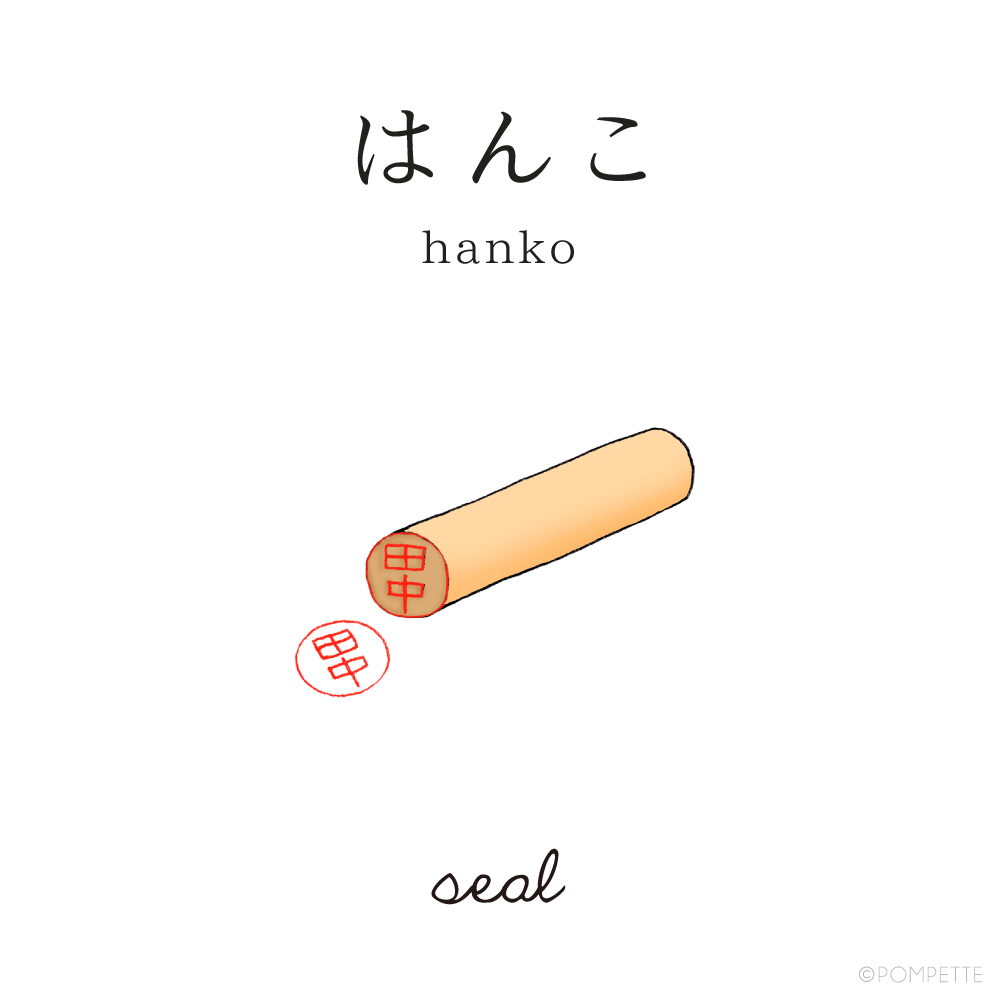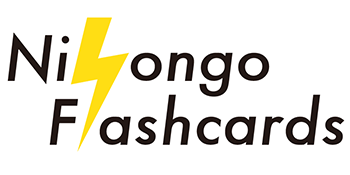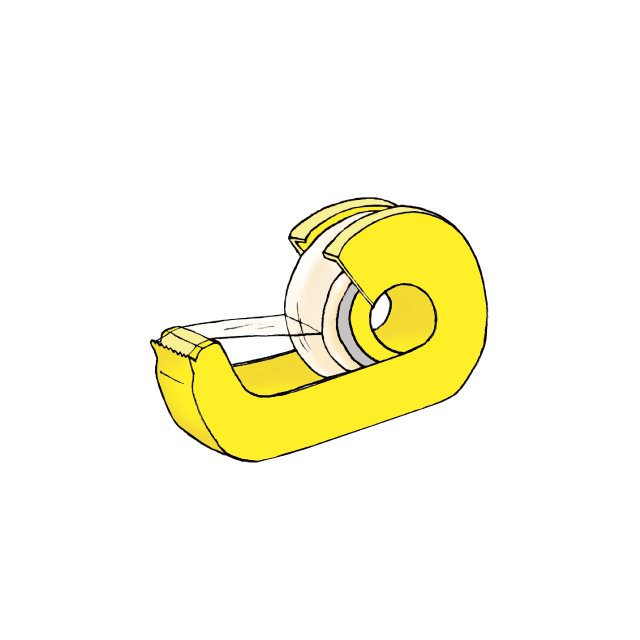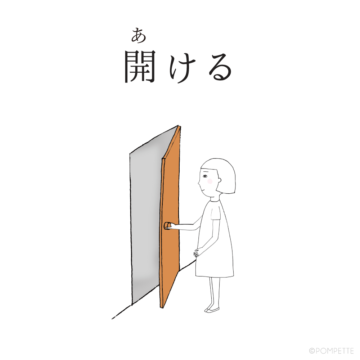
【 判子 (はんこ)・hanko 】seal
In Japan, はんこ (also called 印鑑 いんかん inkan) are seals used in place of a signature for accepting, confirming, or acknowledging a package or document.
For this, when you receive a package in Japan, the delivery person will most likely say,
こちらにハンコをお願いします。
(kochirani hanko wo onegaishimasu)
Please sign (stamp) here.
Types of seals in Japan
There are different types of はんこ for personal or business, for casual and formal situations.
・認印 (みとめいん mitome-in): a regular hanko used for accepting, confirming, and acknowledging.
・銀行印 (ぎんこういん ginko-in): used for formal applications and transactions as in banking. This seal should be kept separate and private from the mitome-in.
・実印 (じついん jitsu-in): a registered personal or business seal used for legal applications and transactions such as buying a house or setting up a company. The seal needs to be registered at the local municipal office for official use. The certificate of registration is called a 印鑑証明 (いんかんしょうめい inkan-shōmei).
For the everyday-use 認印 (mitome-in), some stationery stores carry a range for popular Japanese surnames, but there are nearly 300,000 surnames in Japan. Therefore, most of us need to order an original through a ハンコ屋 (hanko-ya) hanko store or online.
However, with more foreigners in Japan and businesses shifting to digital, signatures and e-signatures are becoming common and acceptable. For this, traditional hanko stores have become a rarity these days.
Here is a fun fact. The top four most common surnames are:
1. 佐藤 (Sato)
2. 鈴木 (Suzuki)
3. 高橋 (Takahashi)
4. 田中 (Tanaka)
What is “ink pad” in Japanese?
The red ink pad is called 朱肉 (しゅにく shuniku). 朱 (しゅ shu) is red and 肉 (にく niku) is flesh or meat. Surprisingly, you can somewhat gather that the kanji compound is a pad of red ink.
To learn more, you can read a full guide about はんこ here.






